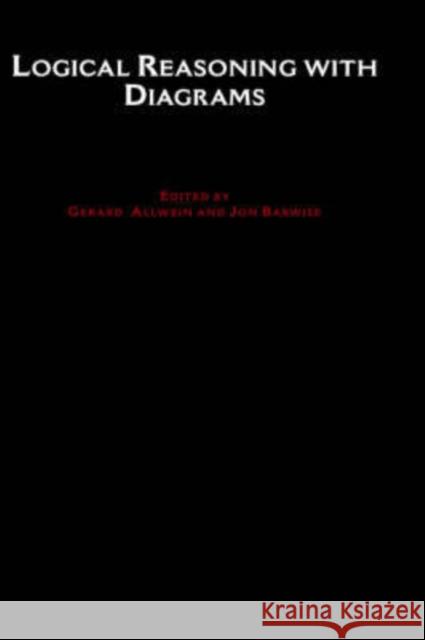Logical Reasoning with Diagrams » książka
Logical Reasoning with Diagrams
ISBN-13: 9780195104271 / Angielski / Twarda / 1996 / 288 str.
One effect of information technology is the increasing need to present information visually. The trend raises intriguing questions. What is the logical status of reasoning that employs visualization? What are the cognitive advantages and pitfalls of this reasoning? What kinds of tools can be developed to aid in the use of visual representation? This newest volume on the Studies in Logic and Computation series addresses the logical aspects of the visualization of information. The authors of these specially commissioned papers explore the properties of diagrams, charts, and maps, and their use in problem solving and teaching basic reasoning skills. As computers make visual representations more commonplace, it is important for professionals, researchers and students in computer science, philosophy, and logic to develop an understanding of these tools; this book can clarify the relationship between visuals and information.











